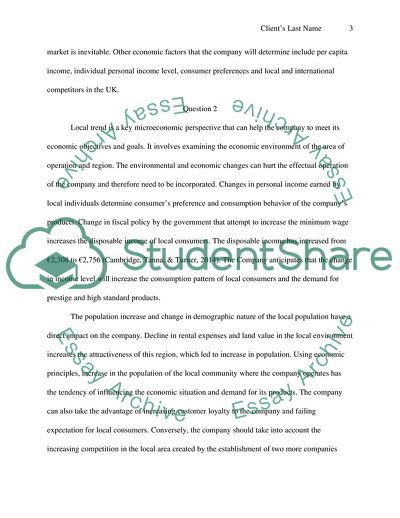Cite this document
(Describe the different aspects of the business that you should be Essay, n.d.)
Describe the different aspects of the business that you should be Essay. https://studentshare.org/macro-microeconomics/1818454-describe-the-different-aspects-of-the-business-that-you-should-be-looking-at-from-an-economics-perspective-in-order-to-run-the-company-efficiently-consider-both-the-microeconomics-and-macroeconomics-perspectives
Describe the different aspects of the business that you should be Essay. https://studentshare.org/macro-microeconomics/1818454-describe-the-different-aspects-of-the-business-that-you-should-be-looking-at-from-an-economics-perspective-in-order-to-run-the-company-efficiently-consider-both-the-microeconomics-and-macroeconomics-perspectives
(Describe the Different Aspects of the Business That You Should Be Essay)
Describe the Different Aspects of the Business That You Should Be Essay. https://studentshare.org/macro-microeconomics/1818454-describe-the-different-aspects-of-the-business-that-you-should-be-looking-at-from-an-economics-perspective-in-order-to-run-the-company-efficiently-consider-both-the-microeconomics-and-macroeconomics-perspectives.
Describe the Different Aspects of the Business That You Should Be Essay. https://studentshare.org/macro-microeconomics/1818454-describe-the-different-aspects-of-the-business-that-you-should-be-looking-at-from-an-economics-perspective-in-order-to-run-the-company-efficiently-consider-both-the-microeconomics-and-macroeconomics-perspectives.
“Describe the Different Aspects of the Business That You Should Be Essay”. https://studentshare.org/macro-microeconomics/1818454-describe-the-different-aspects-of-the-business-that-you-should-be-looking-at-from-an-economics-perspective-in-order-to-run-the-company-efficiently-consider-both-the-microeconomics-and-macroeconomics-perspectives.


